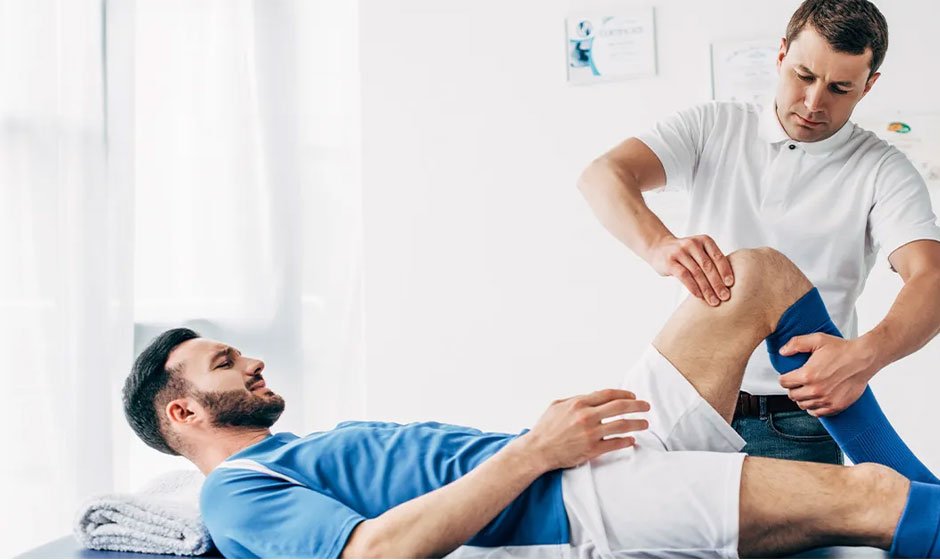When pursuing a personal injury claim, having robust evidence is incredibly important to building a strong and convincing case. Evidence helps personal injury lawyers establish the facts of the case, prove liability, and demonstrate the extent of damages, to get you the compensation and justice you rightfully deserve. In this article, we will explore four different types of evidence that are essential to bolstering a personal injury claim.
Accident Report
An accident report is often one of the first pieces of evidence that is collected in a personal injury case. This report is typically prepared by the law enforcement officer who has been called to the scene of the accident, and it includes pertinent details about the accident including time, date, location, and any conditions that were present when the accident occurred. These reports serve as an official account of the accident, and they are vital in establishing the facts of the case. After an accident, it is crucial that you obtain your accident report as soon as possible from the local police department and preserve this important piece of evidence for your personal injury claim.
Photos and Videos
The next piece of evidence that is essential to the vitality of a personal injury claim is visual evidence. Photographic and video graphics evidence are extremely valuable in that they provide a clear and immediate representation of the accident scene, capturing details that might have otherwise been overlooked or forgotten. These pieces of evidence, which are often pulled from smartphones, dash cams, and surveillance video records, help document important details such as the extent of property damage, visible injuries, road or weather conditions, and the positioning of any vehicles or objects involved. Furthermore, photos and videos can provide a compelling and vivid image of the accident and help support your case.
Medical Records
Medical records are another important type of evidence used in personal injury claims. These records are primarily used to help establish a direct link between the accident and the injuries that the accident victim claims to have suffered. Types of medical records may include hospital stays, surgeries, medications, doctor’s notes, diagnoses, and more. Medical records are also useful in assessing the potential future impact that the injury may have on the accident victim’s life. Having detailed, accurate, and up-to-date medical records can help a personal injury lawyer assess the value of compensatory damages that should be awarded.
Witness Statements
The final piece of evidence that is crucial to any personal injury claim is witness statements. The first type of witness is any passerby or bystander who may have observed the accident occur or the aftermath of it. These witnesses, known as lay witnesses or eyewitnesses, can offer their perspectives about what happened and fill in any missing gaps. Obtaining contact information and detailed statements from witnesses immediately after the accident occurs, if possible, is incredibly important as memories fade and biases come into play. The other type of witness is an expert witness, which may include accident reconstructions, engineers, and medical professionals. Unlike lay witnesses, expert witnesses have specialized expertise in a specific area of study that can help piece together the accident. The combination of both types of witness statements is incredibly beneficial in strengthening a personal injury claim.

